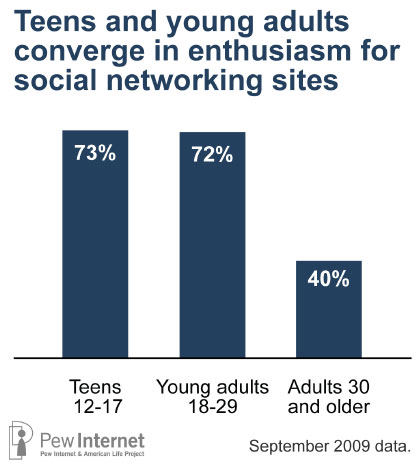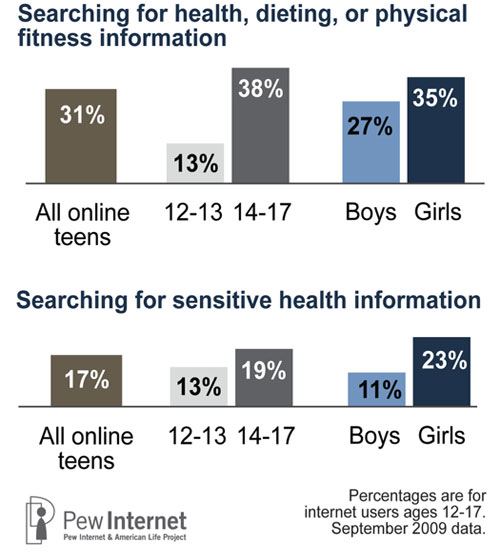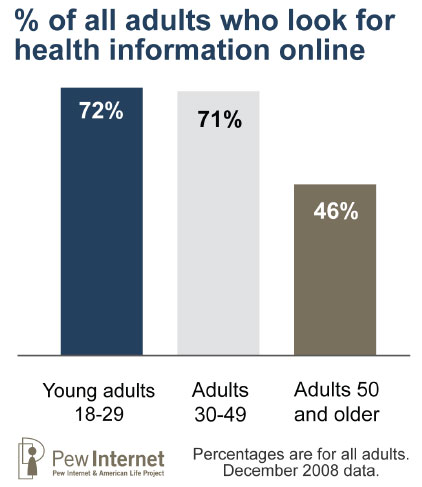 Recently, there have been several devices, applications, technologies, etc. that have been released that were dubbed ‘killers’ in their category, and I wanted to take a moment to analyze this phenomenon. Why must these new tools ‘kill’ the existing tools in order to be relevant? Is this just a case of the media, tech bloggers, etc. gone awry with the hype?
Recently, there have been several devices, applications, technologies, etc. that have been released that were dubbed ‘killers’ in their category, and I wanted to take a moment to analyze this phenomenon. Why must these new tools ‘kill’ the existing tools in order to be relevant? Is this just a case of the media, tech bloggers, etc. gone awry with the hype?
Here are a few examples to demonstrate what I’m talking about:
Google Nexus One, Motorola Droid – ‘iPhone killers’
Facebook Titan – ‘Gmail killer’
Google Buzz – ‘Twitter killer’
and an oldie, but goodie: Facebook – ‘MySpace killer’
For a moment, let’s just imagine that you are one of the millions of happy people that are using the latter mentioned platforms. Do you welcome the thought of your beloved technology, application, etc. being ‘killed’ by a new entrant to the market? If you’re an iPhone user or developer, do you welcome the idea of that platform being trounced by a competitor? Or how about Gmail users? Do you welcome the idea that Facebook Titan could roll in and crush Gmail? In some cases, new entrants enhance the offering that exists and making things better for everyone, but it doesn’t always work that way.
Maybe I’m just growing weary of the constant barrage of new tools that seem to be trying to take down the market leaders that people are happily using currently instead of figuring out ways to incorporate them into their new offering. On the other hand, I welcome tools that help aggregate the vast volume of information that’s floating around out on the social web. Google has the potential to provide some real value here if they play nice. I was encouraged by an article I read this morning on the Salmon Protocol that Google is developing currently that would allow comments to flow in real time between the original source out to aggregators, thereby reducing redundant data and allowing a more seamless experience for users. Right on! That sounds like a step in the right direction. I’d love to see more of this kind of improvements to the social graph for everyone.
The reality is that companies don’t always have to kill off a ‘competitor’ to be successful, but they do have to offer something of value that doesn’t exist already. It’s not enough to just build a ‘me-too’ app and pressure people into using it. Frankly, that’s what Google Buzz felt like to many people due to the way it was released. Looking back at some old rivalries such as Microsoft vs. Apple, which has been going on for decades, history teaches us that there is room for multiple profitable players in the market. In fact, competition is the main driver of progress, so let’s celebrate this competitive spirit!
Think about it – do we really want any of the tools or applications that we use today to be killed off by a big monolithic corporation? Personally, I like my iPhone, I like Facebook, I like Twitter, and I like MySpace (although I don’t use it as much anymore). I’ll keep an open mind about any new technology, but I’m much more apt to be receptive if the new tools help me with the volume of social data I’m already processing and not try to pry me away onto another platform or service or abandon the tools that are working for me today.
What do you think? Is this just media hype or are there underlying motives behind some of these moves?
photo credit: iStock Photo






